Fresh, Fun and Local – Farmers Markets in Alabama
by Communications Specialist Laura Jean McCurdy
June 4, 2021
Farmers markets are perfect for purchasing a variety of fresh local products and supporting the community. Sweet Grown Alabama’s searchable database provides the best way to locate a farmers market nearby. Products purchased at local farmers markets simply taste better, promote a clean environment, enhance overall health, build community and support nearby producers and farmers.
Alabama’s farmers market scene has grown exponentially in the last 20 years. In 1999 the state had only 17 farmers markets with around 230 vendors. Today, over 170 farmers markets exist providing a sales outlet for over 900 produce farmers. An additional 425 vendors also market non-produce products such as beef, poultry, pork, baked goods, flowers and handmade crafts.
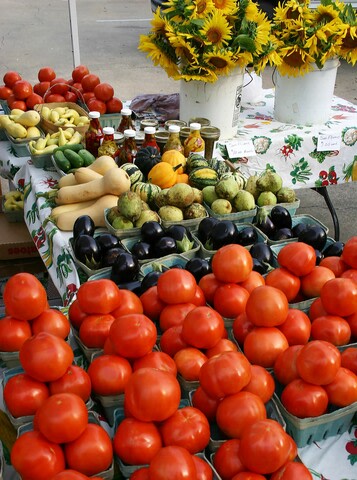
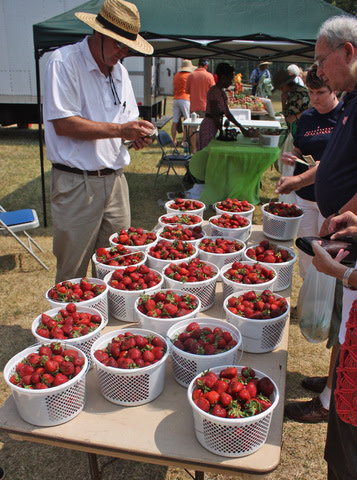
Some say COVID-19 has been one of the biggest challenges to face the state’s farmers markets. Several markets temporarily closed or limited vendor attendance. Some resorted to drive-thru markets and other sales methods. Supply chain instability and grocery store closures sparked consumer interest in the origin of their food. Families who cooked at home more discovered the quality of locally grown products and the joy of attending farmers markets.
“Not only are farmers markets a great spot to purchase a variety of local products in one location, but they are also a great spot to connect with your farmer and ask him or her questions about how your food and other products are grown or raised,” said Sweet Grown Alabama Director Ellie Watson.
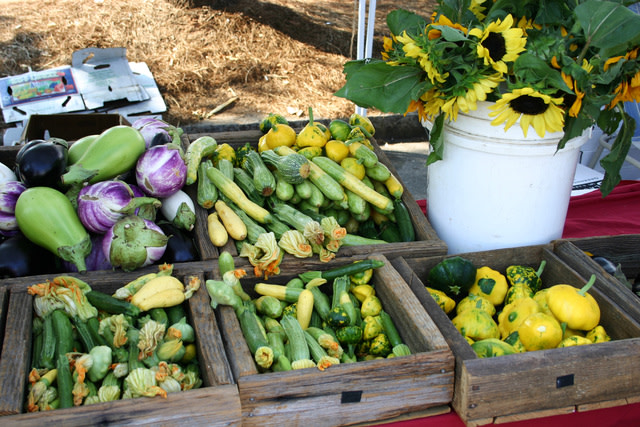
Consumer trends show a desire to connect with farmers. Henry Dorough of HD Farm in Eastaboga has sold lamb products at The Market at Pepper Place in Birmingham for over five years. Dorough says he enjoys building relationships with customers at the market and has also discovered how the origin of food can affect purchasing behavior.
“The most common question I am asked is, ‘Are you local?’ Ninety-five percent of my customers ask if I am local or how far away is my farm,” said Dorough. “I reached record high sales from June to October and completely ran out of products, while selling at The Market at Pepper Place”
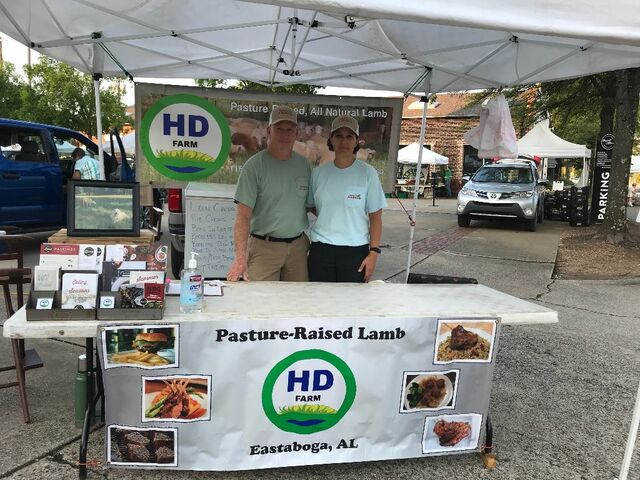
Farmers across the state are sharing similar stories of increased sales at farmers markets. Money spent locally is reinvested into the local economy and supports local families.
“Shopping at the farmers market is a great way to support your local growers. When you support local, studies show that 60 cents of every dollar spent remains in your community,” Watson said. “Think of the ripple effect this could have on your neighborhood.”
In addition to improving the economy, local products are fresher than imported alternatives. The average piece of produce travels 1,500 miles from field to plate. These products are often picked before peak ripeness and loose quality in transit. When you buy local, the produce is allowed to ripen in the field, and may even be picked the same day you purchase. Meat products are raised and processed locally and have often spent less time in the freezer than non-local options.
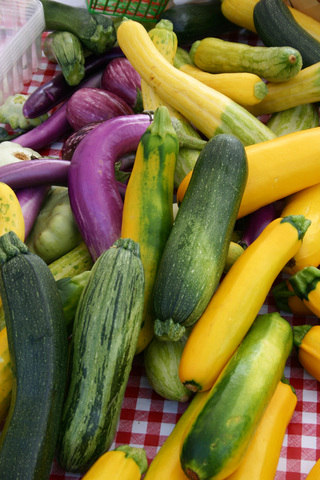
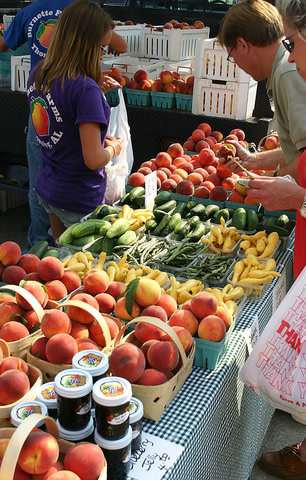
“You can rely on local products having great quality,” said Dorough. “We love receiving calls from satisfied customers about how good our lamb is.”
Consumers can ensure they are buying locally grown products by looking for the Sweet Grown Alabama logo. The logo guarantees the product was grown right here in Alabama.
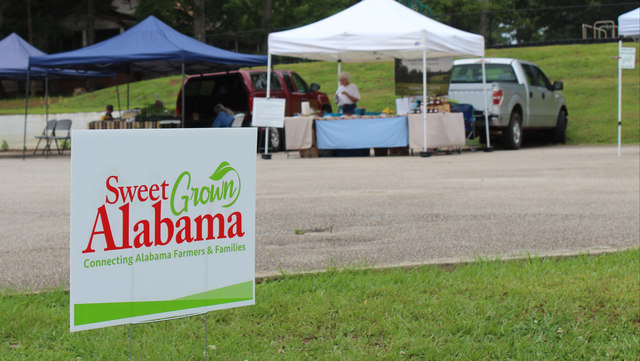
In addition to signifying locally grown products, Sweet Grown Alabama promotes over 30 farmers market members across the state. Shop at any of these farmers markets to experience the local difference.
Click here to find a Sweet Grown Alabama farmers market near you.
